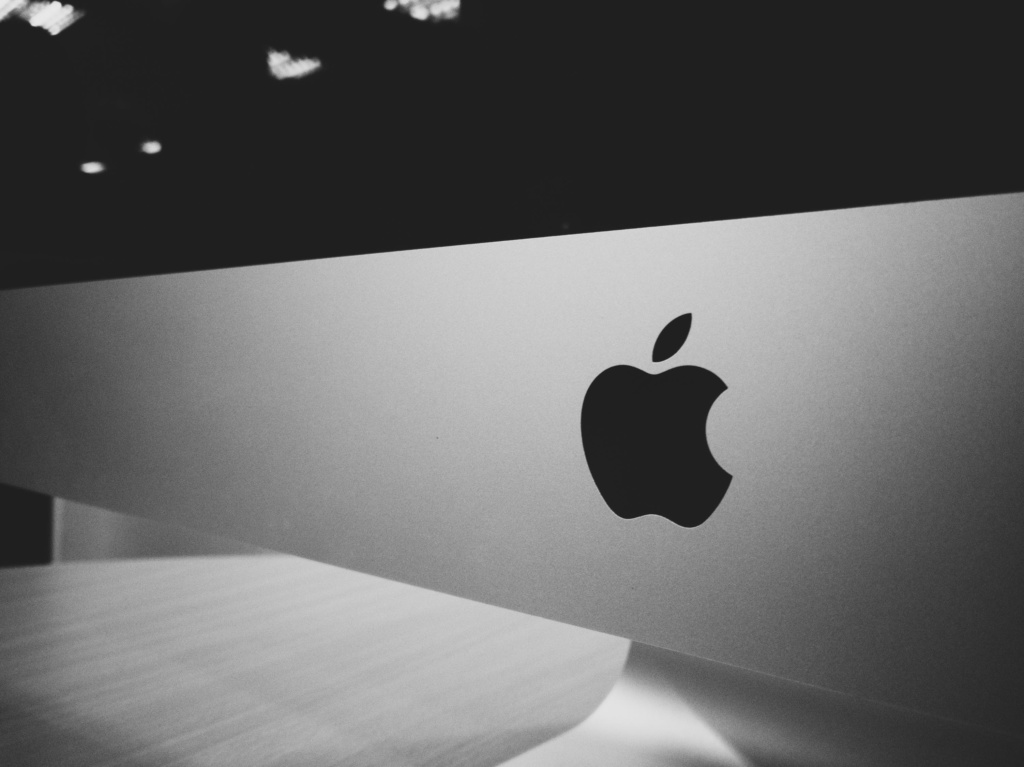Why is the Apple® trademark so valuable?

What makes the apple trademark so strong and valuable? Because it meant nothing in relation to computer goods when it began and now defines that category. Lesson: you need to make your mark, your mark is not going to make you.
Strong valuable trademarks are both unique and inherently distinctive, and become synonymous with their brands. Strong trademarks are recognized by the public instantaneously, and protect their goods and services from infringement and copying. On the opposite side of the spectrum, weak and less valuable marks fail to set their product apart from the pack: “Quick” printers – who doesn’t want it quick and who doesn’t advertise their service as fast?
Trademarks generally fall into four categories in descending order of strength: “fanciful”, “arbitrary”, “suggestive”, and “descriptive”. Fanciful, arbitrary and suggestive terms are all categories of “inherently distinctive” trademarks; i.e. they generally do not describe the goods or services or a feature, ingredient or characteristic of the goods or services. “Fanciful” marks are strong because they are words invented to name their product, and include successes such as Kleenex and Kodak. These words had no accepted meaning until their respective owners created “secondary meaning”; i.e. they came to be synonymous (although there is a very real danger of being too successful and such terms became more than synonymous – they became the thing itself; aspirin, linoleum, etc.) with their brands, but are now widely associated with tissues and photography products, respectively. “Arbitrary” marks find their strength by taking everyday words and connecting them with unrelated products, for example Comet and Camel are now not only associated with celestial occurrences and humped animals, but also cleaning products and cigarettes. “Suggestive” marks, (as the name “suggests”), suggest the good or service with which they are used and require some higher-level thinking in order to make the actual association between the trademark and its product. Greyhound exemplifies a suggestive mark, as it associates a speedy animal with a transportation service.
Conversely, the weakest trademarks are those that are merely descriptive, with generic terms not even being capable of becoming a trademark. A trademark is considered to be merely descriptive if it “describes” the goods or services or a feature, ingredient or characteristic of the goods or services. Descriptive trademarks are difficult to protect and require “secondary meaning” for them to be protected at all. World Book encyclopedias and Food Fair for supermarkets are examples of descriptive trademarks. Generic terms are those which cannot be protected as a trademark because they are generally descriptive of an entire category of goods or services, and for one group to own the rights to the term would be unfair to its competitors trying to sell products in that category. Examples of such generic marks are Ice Pak and Super Glue.
With all that “throat clearing” introduction out of the way, let’s talk about Apple®. Founded in 1976, Apple® commenced its march on the personal computer and ancillary goods industry. In 1983, “Apple Computer, Inc.” became the registered trademark of the company, however over time, the word “computer” was removed, and “Apple” was truly born. As an arbitrary term, the word “Apple” has become synonymous with innovative and intuitive technological products, although its common-use dictionary definition has absolutely nothing to do with such goods and services. This inherent distinction has proven important in Apple®’s success as a highly-respected company. Not only can the general public easily identify the famous Apple® logo, but the mark itself is easily protected from infringement because of its uniqueness and the unrelated nature of the trademark and product, and the simple fact that none of its competitors use trademarks anything similar to Apple®’s. As such, no company selling similar goods and services would ever be able to use a mark even remotely similar to Apple®. For example, in this case the Apple® trademark would likely prevent a competitor using Orange as a brand of computing products.
Through the use of an arbitrary mark, high quality innovative and intuitive technological products and services, a persistent marketing and advertising campaign, and the gradual development of a reputation for excellence, the Apple® mark has become an exceptionally strong and valuable trademark, becoming a household name far beyond its association with a certain round fruit. Eve would be jealous.

